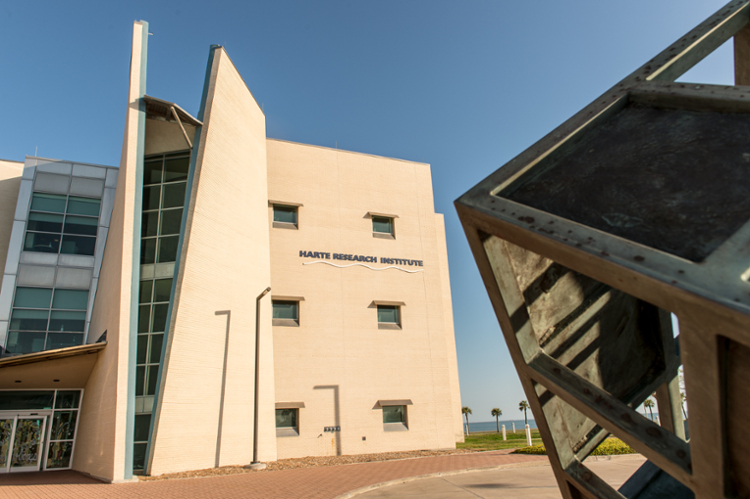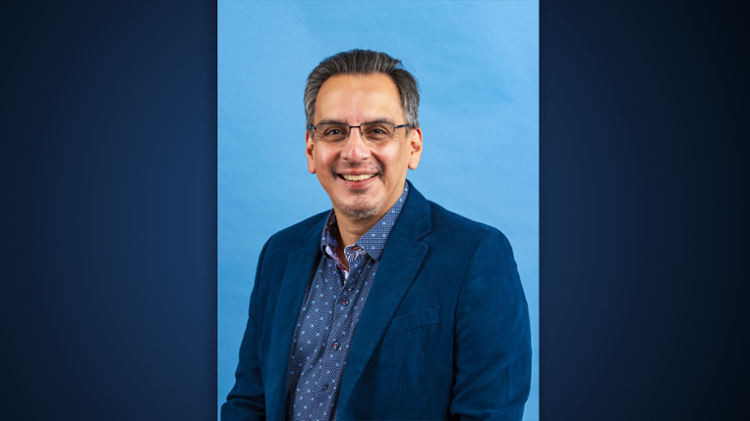TAMU-CC Researchers Study Process that Controls Greenhouse Gas Beneath the Ocean
CORPUS CHRISTI, Texas – The bottom of the ocean is a mysterious place that is almost impossible to visit and study, but researchers at Texas A&M University-Corpus Christi are helping uncover what’s happening at a place that’s even more difficult to reach – the sediments beneath the bottom of the ocean.
Why worry about what’s happening in such an inaccessible place? The answer involves tiny creatures – microbes – that play an important role in a process that helps to regulate the level of harmful greenhouse gases entering oceans and the atmosphere from a huge hidden reservoir. The cycling of these gases by microbes, plants, and fish contributes to an always-changing but healthy Earth.
Texas A&M-Corpus Christi researchers studied part of this process, which starts in the sediment beneath the floor of the ocean. Ocean sediments are a storehouse for massive pockets of methane, a potent greenhouse gas. Often, this methane “leaks” upward from the deep sediments toward the sea floor. In the sediments closer to the sea floor, microbes consume most of the methane as it arrives, converting it into less potent carbon. Some of the carbon stays in the sediments, while some moves upward and enters the water. More is now understood about the importance of these processes to global ocean chemistry through a recent study from a TAMU-CC-led research team.
“Our understanding of the Earth’s climate depends on our ability to track the flow of carbon, especially in the form of greenhouse gases like carbon dioxide and methane in the oceans and atmosphere,” said Sajjad A. Akam, Coastal and Marine Systems Science Ph.D. student at A&M-Corpus Christi.
In addition to Akam, the TAMU-CC research team includes Dr. Richard Coffin, chair of the Department of Physical & Environmental Sciences, and Dr. Hussain Abdulla, Assistant Professor of Chemistry. Dr. Timothy Lyons, Distinguished Professor of Biogeochemistry at the University of California-Riverside, is also on the team. Their work was published last month in the journal Frontiers in Marine Science.
Scientists have good estimates of how much methane enters the seafloor and is put to use by the microbes but there has been less certainty about the fate of the inorganic carbon produced by these interactions.
Coffin has led studies in coastal waters off four continents over the last 20 years to understand deep sediment methane loading and shallow sediment carbon cycling.














